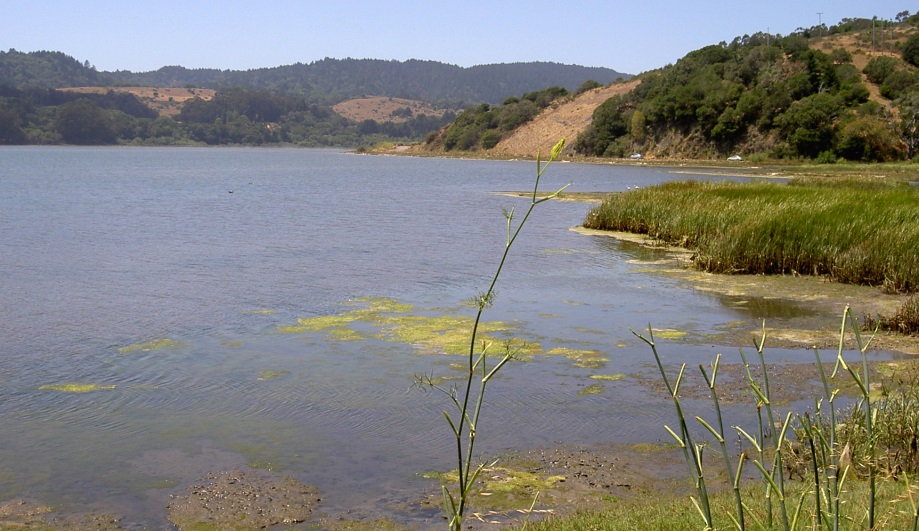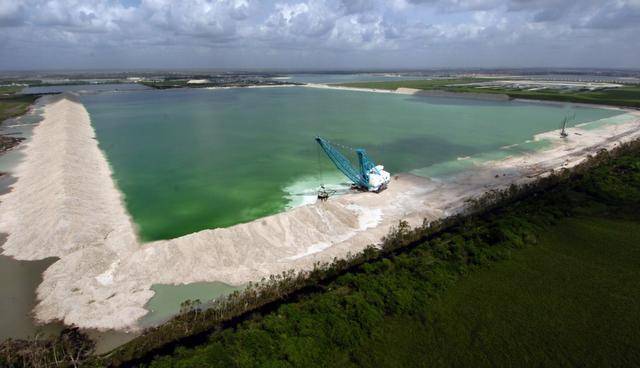Today, Rob Bishop (R-Utah), Chairman of the House Committee on Natural Resources, will hold a hearing to reform the National Environmental Policy Act (NEPA). (Click here to watch hearing) Yet, NEPA has been one of the nation’s most important environmental laws, working to preserve air and water quality. There is a four-part test to determine if NEPA is done correctly:
- Whether the agency took a “hard look” at the problem;
- Whether the agency identified the relevant areas of environmental concern;
- As to the problems identified, whether the agency made a convincing case that the impact was insignificant; and
- If there was an impact, whether the agency changed the plans for mitigation.
This important process is to prevent any agency from making rash decisions that could have lasting negative impacts on human health and the environment. The law does not require agencies to take the most eco-friendly course of action; the law requires that all decisions are fully informed, and those affected by the decision have a role in determining its outcome.
Chairman Bishop wants to change NEPA’s permitting process. Bishop wants to “reduce burden” on small businesses, but in reality his changes will undermine protections, public participation, and well-informed decision making. To avoid seeing more environmental tragedies on the news, we must take a hard look at the environmental impacts of projects.
In 2000, The Army Corps of Engineers gave permits to mine limestone in the Lake Belt region of Florida. The environmental impact statement did not weigh the risks to surrounding wetlands that filter drinking water for a million Florida residents. The Army Corps proceeded with the project, which polluted water supplies with mining chemicals. The project discontinued, and the Army Corps had a costly cleanup project for all the contaminated wells. If the agency had taken a closer consideration of environmental costs, then perhaps this could have been avoided.

photo: Stephen Gold
NEPA has a successful track record of avoiding environmental damage. For example, in California the NEPA process exposed the devastating impacts of an Army Corps of Engineers plan to dredge the Bolinas Lagoon. While the proposal aimed to prevent silting in the lagoon, the environmental assessment actually found it would increase silting. The project was abandoned and taxpayers saved $133 million.
NEPA puts into law the sound advice my mother always taught me, think of the consequences before acting. Agencies should do the same before they make decisions that can affect thousands of lives. NEPA is an essential process to ensure the government is taking precautionary steps to protect our health and safety.
